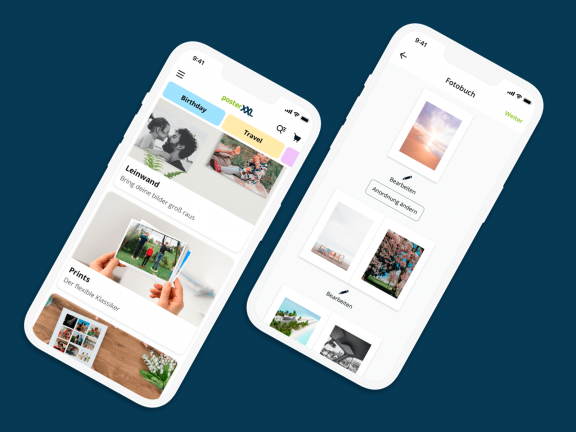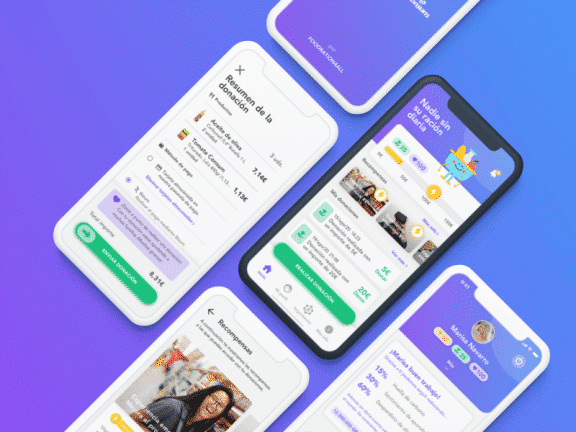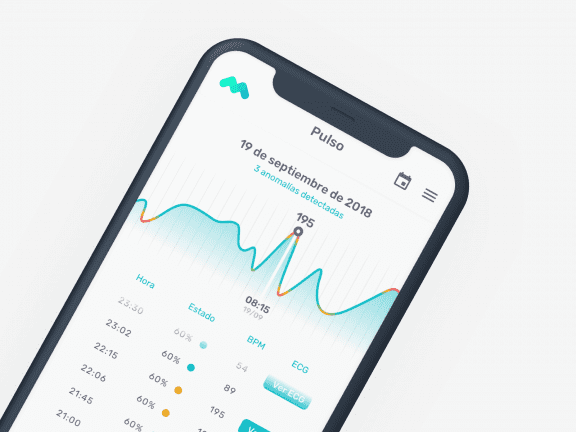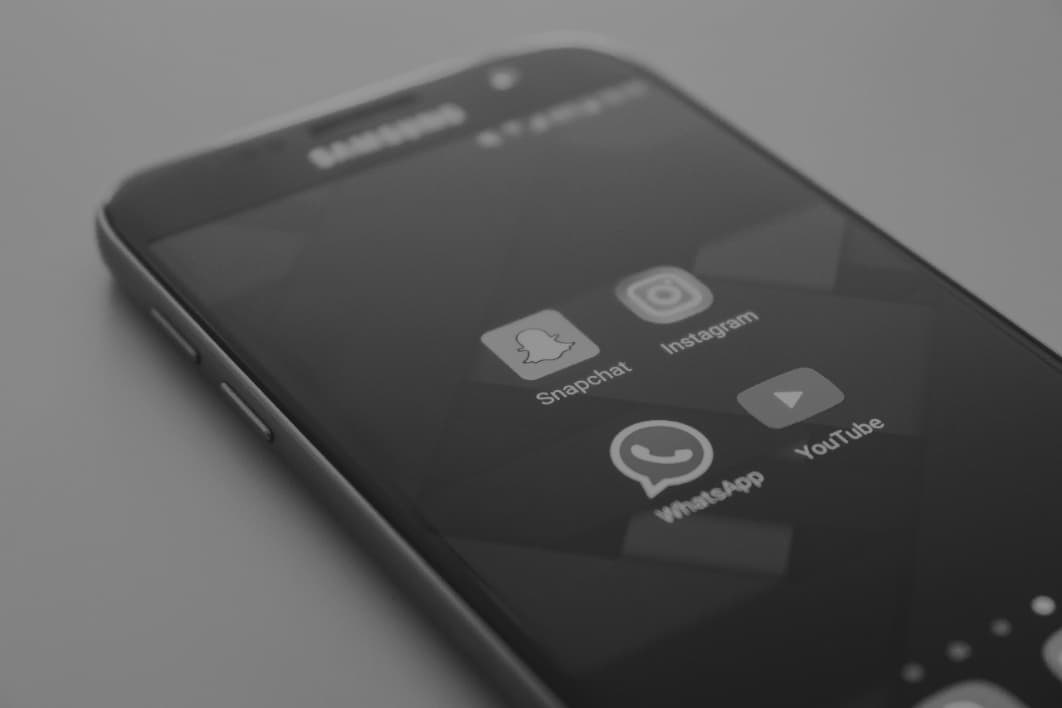
It has already been mentioned here that one of the big risks threatening many applications is that they turn into zombies virtually before they are born. Getting downloads for our app is a challenge, but ensuring that users return and use it is an even bigger one. Different reports on uninstalling rates, which we will analyze below, confirm bluntly this fact. To finish, we will present some tips to avoid them, to retain users and to make our app useful and visible on your smartphone.
The latest report from the prestigious mobile marketing agency Appboy in New York, which details such trends also by app type, leaves no room for doubt. After downloading an app there is often a deafening silence, as most users do not return to it, not even the next day. The 4 most insightful data of their latest statistics in this regard are the following:
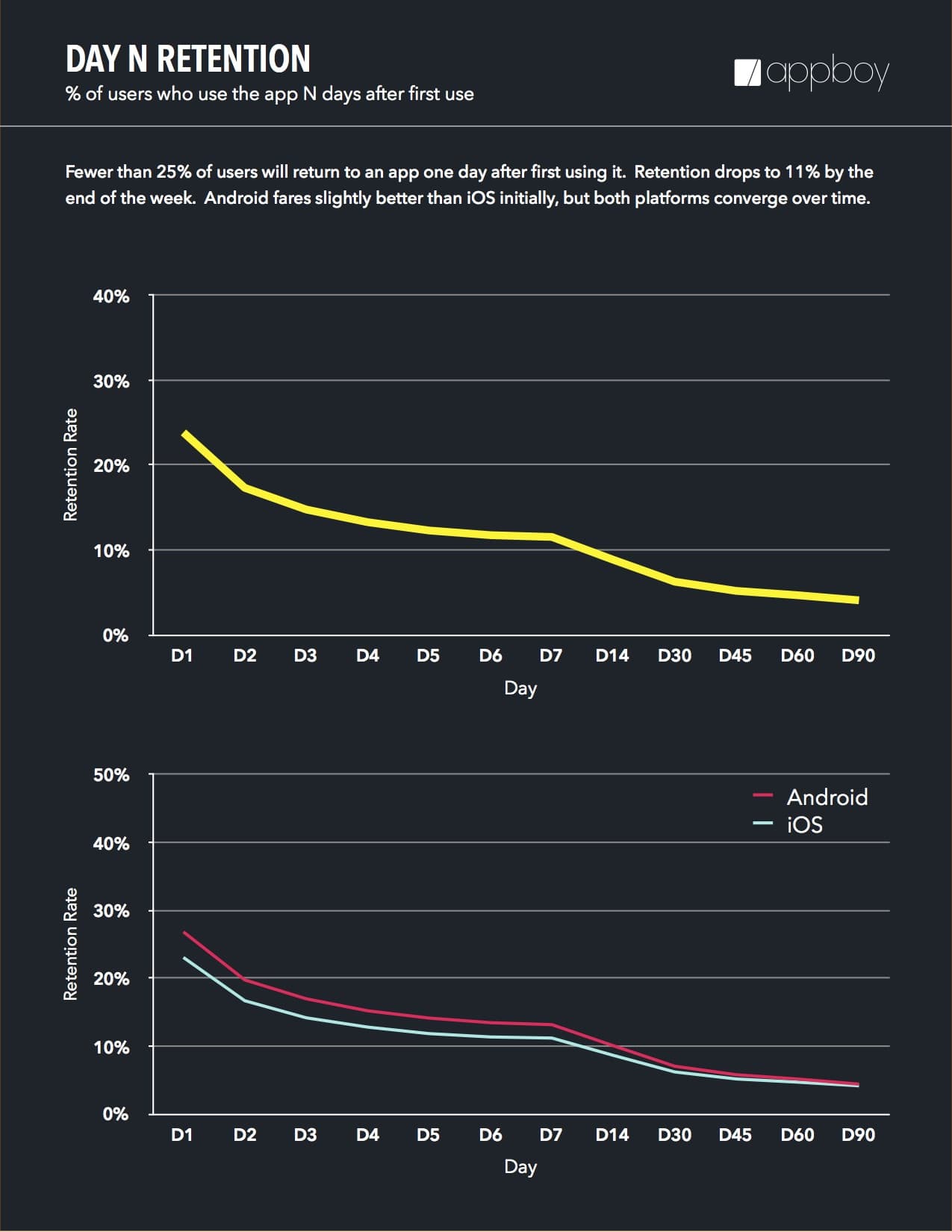
- Less than 25% of users return to an app the day after downloading it – the figure drops to 10% the following week.
- Mobile games are the most successful when it comes to retaining users the day after installing an app, with close to 40% of returns.
- Food and beverage apps show the lowest retention rates during the first week after the first use, although they pick up on days 6 and 7, suggesting that a part of the users has started a weekly.
- Android apps tend to have higher retention rates than their iOS counterparts in most apps. The exception is social and messaging apps, where iOS outperforms Android, and media and entertainment apps, where iOS beats Android after the first week. The exception is social and messaging apps, where iOS outperforms Android, and media and entertainment apps, where iOS beats Android after the first week.
Another trustworthy report by AppsFlyer on mobile apps usage trends reveals a complementary fact that highlights the extent of the problem: less than 5% of users still use an app a month after installing it on their smartphone. And, by adding an analysis by operating systems with respect to Appboy’s assessment, the report argues that twice as many apps are uninstalled in Android phones as in iPhone due to the low memory of low-end devices.
AppsFlyer also classifies app infidelity by country, with Argentina registering the highest uninstallation rate in the world, with 54% of dropouts in the first week, followed by Brazil (51%), and Mexico (50%); whereas in countries such as the USA it remains at 31% for Android users and 12% for iOS users. Worse, as storage constraints are a headache for many users, thousands of tips on how to uninstall apps to free up space on smartphones are proliferating on the network.
So, as if the challenge to have our app downloaded from Google Play and App Store were not enough, it turns out that once the app is in the user’s smartphone, it faces many threats as confirmed by these reports. To avoid this, and to ensure that our app is alive and kicking in the users’ or customers’ smartphones for as long as possible, we are sharing these 10 tips on how to retain users, based on our experience in the management of own and third-party apps:
1. Inspire confidence from the first step. The app’s welcome screen must ensure a good design, ask the user for the necessary data to work on their loyalty but, at the same time, ensuring trust and, above all, offer strong reasons to the user to return to the app again.
2. Usability and usefulness. It is essential that the user has a good use experience when accessing the app, with simple and few steps, similar to other apps familiar to him/her, and that the app’s usefulness is clear and precise.
3. Interactivity If the functionality is based totally or partially on the user’s interactivity on a regular basis, the app will achieve a significantly higher retention. This is what the statistics of mobile video games mentioned earlier reveal. Interactivity will be the most profitable investment in an app and the one which will result in the most cost savings once launched.
4. Push notifications It is the direct channel between the app and the user, the first effective loyalty tool that we can use to persuade him/her of the value of the functionality or service that we are offering and how to take advantage of it. It is the easiest and cheapest way to generate the app’s recurring use once downloaded.
5. Multi-channel communication Push notifications do not achieve their effectiveness in isolation, though. The communication strategy with the client or user must be supported in all channels available to us in order to have him/her involved: in-app integrated messages (news, current events), social networks, newsletters, web appearance in media, agreements with influencers…That way we generate recurrent visits and maintain the download rate.
6. Message personalization App users, especially young people, value personalization: 90% of users between 18 and 34 are willing to receive personalized messages, and the brands that do so exceed the conversions of those which do not by 27%, according to Appboy’s figures. It is also important to test and streamline messages and insist through those that work best.
7. Catch the users’ curiosity Especially in apps with a social network function, so that the audience itself lead users by sharing the app’s content or features.
8. Updates If the app works and also renews its contents or improves interactivity, it will make the user much more loyal and will generate recurrence. It is important to communicate it in an appropriate way, from the description in Google Play and App Store (for example through the promotional 170-character text field) to the notifications, as mentioned above.
9. Be based on analytics and performance indicators. It is essential that all the above points start with clear statistics and KPIs. Both to identify the users or clients that begin to be less active in the app in order to re-link them, and to integrate data from the app, web, networks and even physical, in order to have a 360º view of each and every client with an aim to better know how to retain him/her.
10. Resources and investment. The commitment to have the app downloaded continues to grow in all projects, but it is useless if the user does not end up using the application in a continuous way. Retention and loyalty must be a priority in any successful project. Retention and loyalty must be a priority in any successful project.
